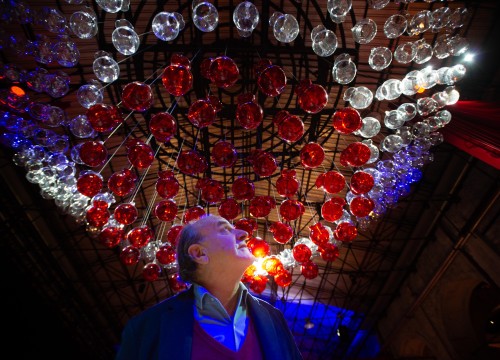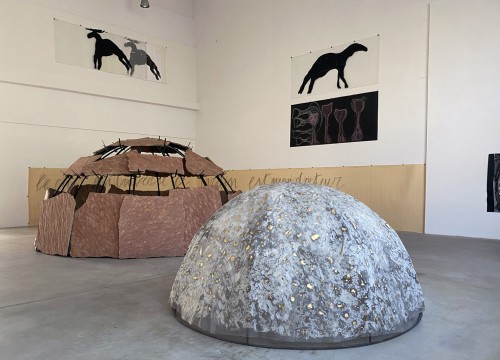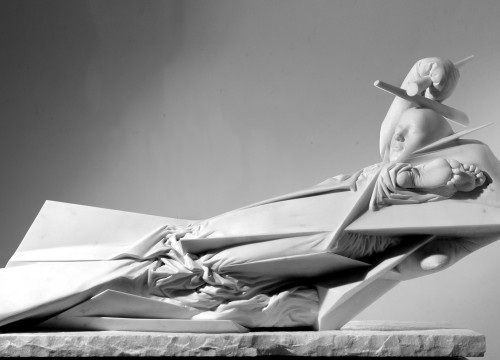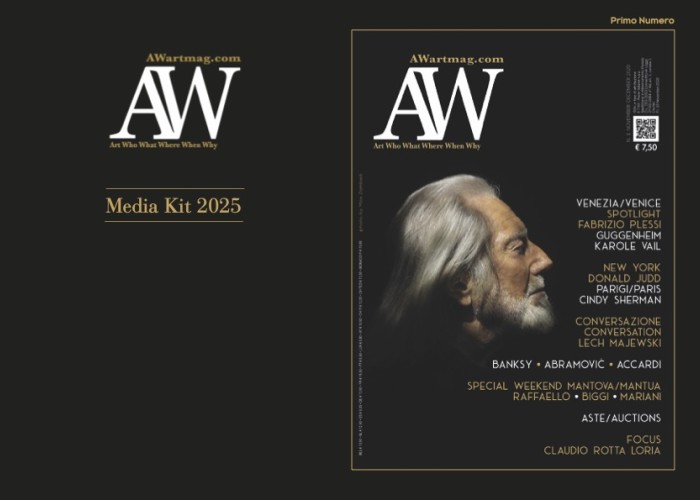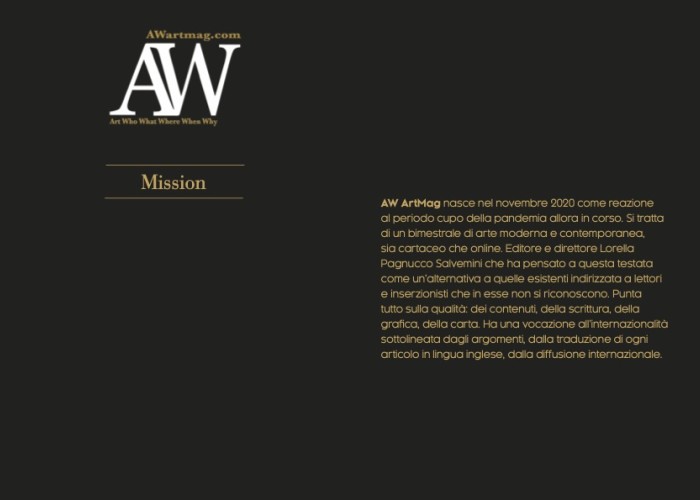Paris • Hyperrealism takes the scene at Maillol Museum
Exhibition theme: investigating the reality which is concealed by realistic forms
In the beginning of this millennium, after the creative mare magnum of the 1900s, one might wonder if the new artistic revolution is not to return to a virtuous, lyrical realism, far from the intellectualism that swept away the naturalism of Western art. Sculpture in particular has always represented this link with reality, on a long path interrupted only in the Middle Ages and by the artistic avant-garde. The exhibition “Hyperréalisme. Ceci n’est pas un corps,” at the Maillol Museum through March 5, reflects on this theme, investigating the reality which is concealed by realistic forms. “Ceci n’est pas un corps”, a phrase borrowed from Magritte’s Trahison des images, seems to suggest that the more we try to represent reality, the more we move away from it. About forty works organized in six sections reconstruct the forms of representation of the human body, alternating between realism, mimesis, symbolism and expressionism, which has always governed artistic production, up to and including hyperrealism as an ethos. The selected sculpture-focused works trace the history of this current derived from pop art, from its beginnings in the 1960s, offering a hyperrealist representation of the human body in contemporary society and repudiating the abstract research of the neo avant-garde movements of those years.
IL TITOLO "CECI N'EST PAS UN CORPS" SEMBRA SUGGERIRE
CHE PIÙ CERCHIAMO DI RAPPRESENTARE LA REALTÀ PIÙ CE NE ALLONTANIAMO
A current that emerged in the United States, where Duane Hanson and John De Andrea began to paint the surface of sculptures, reproducing human skin and combining figures with real objects. Daniel Firman creates anonymous figures that hide their faces in their clothes. George Segal creates monochrome sculptures, focusing on the shapes and contours of bodies. Carole A. Feuerman reduces them to simple torsos. The next generation of artists such as Maurizio Cattelan, Ron Mueck, Sam Jinks, Jamie Salmon and Fabien Mérelle continue this language, merging it with their respective personas, creating body fragments which are to scale in their dimensions. The works of Patricia Piccinini, deform the body into hybrid humanoid creatures and those of Berlinde De Bruyckere reveal the vulnerability of man through bodies torn by pain. Offering this exhibition at the Maillol Museum, in dialogue with the French master’s sculptures, allows us to inscribe the hyperrealist movement in the history of sculpture and to compare the different approaches of representing the body. “It is not enough to have a model and copy it,” Aristide Maillol told us. “No doubt nature is the basis of the work, but art does not consist in copying nature.” The ancient Greeks already had this view, after all.
Hyperréalisme.
Ceci n’est pas un corps
Paris, Museo Maillol
Until 5/03









